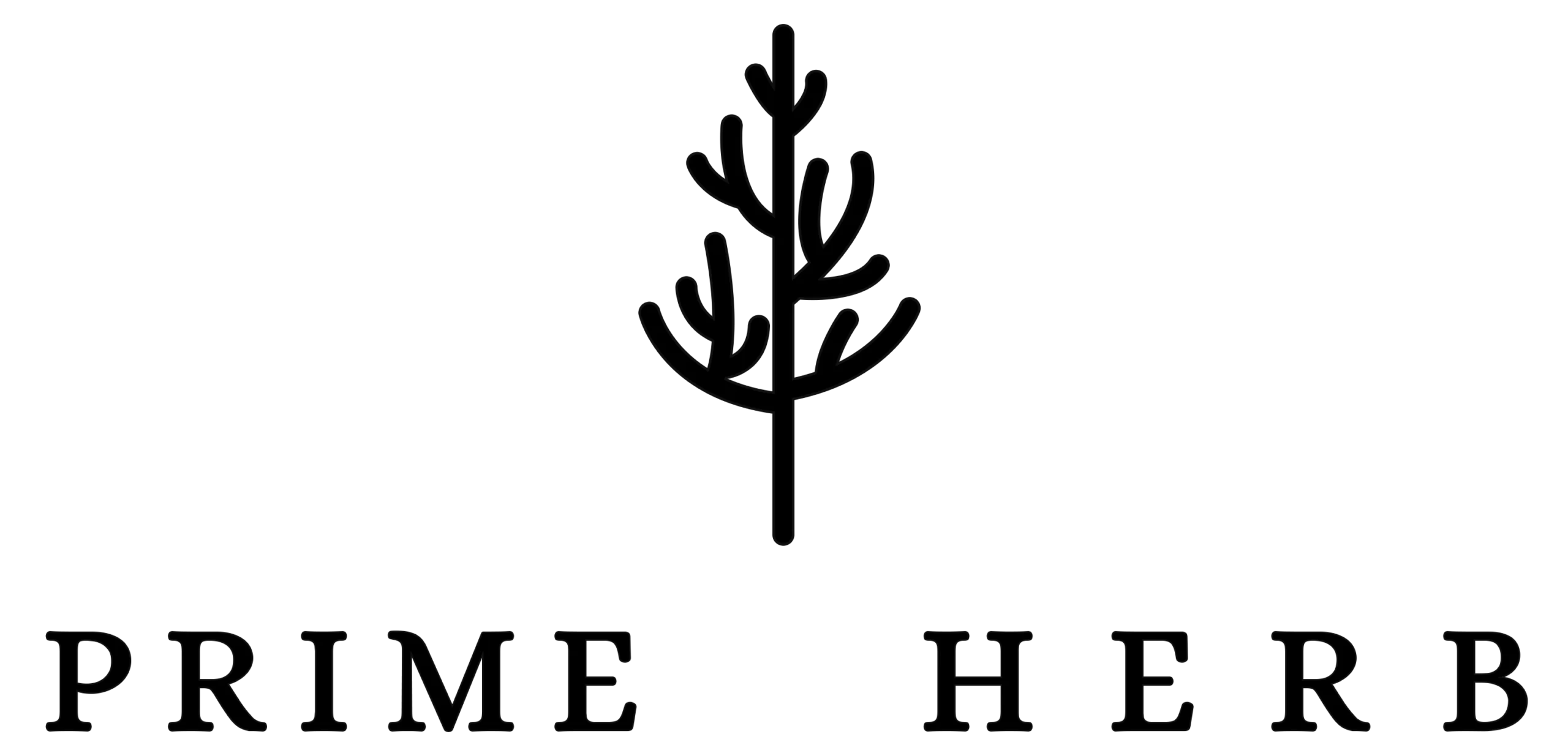Saw Palmetto & Prostate Health “Benefits & Mode of Action”

Saw palmetto (Serenoa repens) berries are a potent source of bioactive compounds with diverse physiological effects, particularly in relation to prostate health, hormonal regulation, inflammation, and hair growth. The extract is primarily composed of lipophilic constituents, which are responsible for most of its pharmacological activities.
1. Free Fatty Acids (FFAs)
Key Fatty Acids:
-
Lauric acid
-
Myristic acid
-
Oleic acid
-
Palmitic acid
-
Linoleic acid
Mechanism of Action:
-
5-Alpha-Reductase Inhibition: Lauric and myristic acids inhibit type I and type II 5-alpha-reductase, the enzyme responsible for converting testosterone into dihydrotestosterone (DHT). DHT is a potent androgen linked to prostate enlargement and hair loss [1].
-
Anti-Inflammatory Effects: These fatty acids suppress pro-inflammatory mediators such as prostaglandins and leukotrienes, modulating local inflammation, especially in prostate and urinary tissues [2].
-
Modulation of Cell Signaling: FFAs have been shown to influence G-protein-coupled receptors and nuclear receptors involved in lipid metabolism and immune function [3].
2. Phytosterols
Major Phytosterols:
-
Beta-sitosterol
-
Campesterol
-
Stigmasterol
Mechanism of Action:
-
Anti-Androgenic Activity: Beta-sitosterol has been shown to compete with DHT for androgen receptors in the prostate, reducing DHT binding and possibly modulating androgen receptor expression [4].
-
Anti-Inflammatory Effects: Phytosterols reduce the activity of NF-κB, a central transcription factor in inflammation, thereby lowering cytokine production such as TNF-α and IL-6 [5].
-
Cholesterol Modulation: Phytosterols block intestinal absorption of cholesterol, which may indirectly affect hormone biosynthesis pathways dependent on cholesterol as a precursor [6].
3. Flavonoids
Notable Flavonoids:
-
Kaempferol
-
Quercetin
Mechanism of Action:
-
Antioxidant Effects: Flavonoids scavenge reactive oxygen species (ROS), protecting tissues from oxidative stress — particularly beneficial in inflammatory prostate conditions [7].
-
Modulation of Enzymatic Activity: Flavonoids influence key enzymes in hormone metabolism and phase II detoxification, potentially impacting local estrogen/androgen balance [8].
-
Synergistic Effects: Flavonoids may enhance the bioavailability or efficacy of other lipophilic constituents through metabolic modulation or P-glycoprotein inhibition [9].
4. Triterpenes
Key Triterpenes:
-
Cycloartenol
-
Lupeol
-
Ursolic acid
Mechanism of Action:
-
Anti-Proliferative Action: Triterpenes inhibit the proliferation of prostatic epithelial cells, possibly through downregulation of epidermal growth factor (EGF) and androgen receptor signaling [10].
-
Induction of Apoptosis: Lupeol and ursolic acid can induce apoptosis in hyperplastic or cancerous prostate cells by activating caspases and modulating Bcl-2 family proteins [11].
-
Anti-Inflammatory: Triterpenes inhibit COX-2 and iNOS expression, enzymes heavily involved in inflammatory responses [12].
5. Polysaccharides
Role in Immunomodulation:
-
Polysaccharides in saw palmetto berries have demonstrated immune-regulating properties, including stimulation of phagocytosis and modulation of T-cell activity [13].
Mechanism of Action:
-
They interact with pattern recognition receptors (PRRs) such as toll-like receptors (TLRs), potentially enhancing innate immune responses while maintaining anti-inflammatory balance [14].
Conclusion
The pharmacological effects of saw palmetto are not due to a single compound but rather the synergistic interaction of its lipid-based components (fatty acids and sterols), antioxidants (flavonoids), anti-proliferative triterpenes, and immune-modulating polysaccharides. Together, these compounds provide a multifaceted approach to managing hormonal balance, reducing inflammation, and protecting against benign prostatic and androgen-related conditions.
References
-
Raynaud JP, Cousse H, Martin PM. Inhibition of type 1 and type 2 5α-reductase activity by fatty acids and sterols from Serenoa repens. J Steroid Biochem Mol Biol. 2002. https://doi.org/10.1016/S0960-0760(02)00185-3
-
Vela Navarrete R, et al. BPH treatment with Serenoa repens: a scientific and evidence-based review. Arch Esp Urol. 2006. PMID: 17299990.
-
Calder PC. Fatty acids and immune function: relevance to inflammatory bowel diseases. Int Rev Immunol. 2009. https://doi.org/10.3109/08830180903208399
-
Wilt TJ, et al. Phytotherapy for benign prostatic hyperplasia: a systematic review. Am J Med. 1998. https://doi.org/10.1016/S0002-9343(98)00040-5
-
Bouic PJ. Sterols and sterolins: new drugs for the immune system? Drug Discovery Today. 2002. https://doi.org/10.1016/S1359-6446(01)02186-7
-
Jones PJH, et al. Phytosterols and cholesterol metabolism. Curr Opin Lipidol. 2000. https://doi.org/10.1097/00041433-200004000-00007
-
Kim HP, et al. Anti-inflammatory plant flavonoids and cellular action mechanisms. J Pharmacol Sci. 2004. https://doi.org/10.1254/jphs.94.218
-
Wang L, et al. Flavonoids and hormone-related cancer prevention: evidence and mechanisms. Curr Med Chem. 2010. https://doi.org/10.2174/092986710791959737
-
Walle T. Absorption and metabolism of flavonoids. Free Radic Biol Med. 2004. https://doi.org/10.1016/j.freeradbiomed.2004.01.002
-
Habib FK, et al. Permixon inhibits prostatic epithelial cell proliferation via interference with EGF. J Urol. 2005. https://doi.org/10.1097/01.ju.0000161606.14431.88
-
Mertens-Talcott SU, et al. Triterpenoids and apoptosis: studies in prostate and colon cancer. J Nutr Biochem. 2006. https://doi.org/10.1016/j.jnutbio.2006.03.005
-
Koeberle A, Werz O. Inhibition of inflammatory pathways by triterpenoids. Planta Med. 2009. https://doi.org/10.1055/s-0029-1186026
-
De Luca C, et al. Polysaccharides as immune modulators: Mechanisms and potential use. Nutr Res Rev. 2009. https://doi.org/10.1017/S0954422409990127
-
Kim Y, et al. Immunomodulatory activity of plant polysaccharides through Toll-like receptors. Carbohydr Polym. 2011. https://doi.org/10.1016/j.carbpol.2011.06.034
